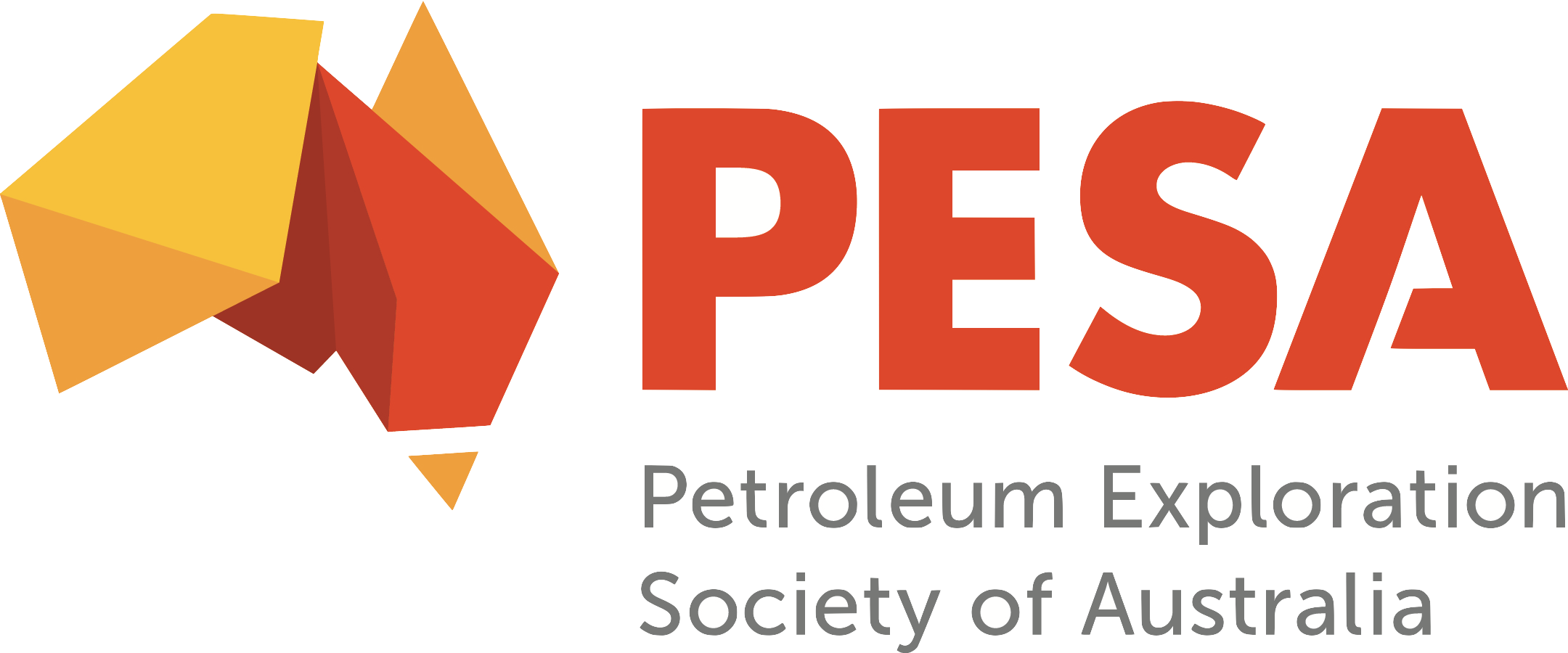A Prospectivity Review of the Offshore Timor- Leste Area and Enhanced Trap Integrity Prediction
OR
About the Course
PESA members, view the course for free!
Prospectivity Review:
The Timor Leste Offshore Area (TLOA) has recently been opened to further petroleum exploration by the Autoridade Nacional do Petróleo e Minerais (ANPM) with 11 new blocks available for work program bidding as part of the Timor-Leste second licensing round. The TLOA covers approximately 64,000 square kilometres and lies within the Northern Bonaparte Basin, a known hydrocarbon province. The region is highly prospective with several world class accumulations of gas-condensate (e.g. Bayu- Undan, Greater Sunrise-Troubadour Complex) and several oil fields (e.g. Laminaria/Corallina, Elang-Kakatua, Buffalo). In a period spanning almost 50 years there have been only 50 exploration wells drilled resulting in 12 discoveries.
Triassic and older plays haven’t been an exploration focus in the TLOA with production to date from the Jurassic Elang-Laminaria-Plover Formations. However, recent discoveries in Early Triassic and Permian sequences further south in offshore Western Australia provide new perspectives for the offshore Timor-Leste region. Permian to Cretaceous source rocks are known and inferred to underlie much of the TLOA with calibrated petroleum systems modelling suggesting source rocks have generated and expelled both gas and liquid hydrocarbons at a time consistent with trap presence. The TLOA can be considered largely under-explored with considerable potential at the Triassic and older formations.
Enhanced Trap Integrity Prediction:
Blessed with abundant evidence of effective source rocks, productive reservoir sequences and abundant structural traps, the offshore region of Timot Leste has enjoyed significant past exploration success. Explorers have also experienced much failure, with a high proportion of dry holes, commonly attributed to trap failure during Tertiary fault reactivation. Critical to future success are better predictive models, calibrated against previous results, both success and failure. A conventional play- based exploration approach is not effective in this setting, leading to poor choices when deciding on which opportunities to mature, that will ultimately lead to more unnecessary dry holes.
Considerable effort has been directed towards solutions to mitigate the principal trap risk, but many proposed methods such as contemporary stress field analysis or regional fault orientations fail to deliver good history matches when applied retrospectively in well look backs. alternatives to fault breach such as water-washing of original gas-condensate charge also fail to account for much of the observational evidence and are unable to offer a universal solution. A new study that incorporates industry common workflows together with decades of highly focused R&D to provide a holistic predictive model to more confidently identify intact traps has a high success rate in retrospective well lookbacks. Regional application of this model offers the first fully integrated solution to effectively address the trap integrity risk, drawing on enhanced insights into the charge history of existing wells, the tectonic style and impact of current and palaeo-stress fields together with a better explanation for the observed seepage response.

Your Instructor


Dr. Peter Hoiles is a geoscientist at Discover Geoscience in Perth, Australia. Peter obtained his BSc and PhD in Geology from The University of Melbourne and has over 9 years of oil and gas industry experience. Peter has worked across a number of geological basins worldwide, focusing on regional prospectivity, gazettal studies, well post-mortem analysis and machine learning. Peter has expertise in seismic interpretation, seismic depth imaging, and quantitative interpretation studies and
has also worked as an engineering geologist in the construction and environmental industries. Peter is the PESA Webinar Co-Ordinator, PESA WA Branch Committee Member and active PESA member.

Dr. Mark Lisk’s career has spanned more than 30 years with experience across Petroleum, Geothermal and Mineral systems, focused on delivery of innovative exploration and R&D solutions. Dr Mark Lisk is the Chief Geologist for the Ascendience Group.
Mark initiated and led innovative research into trap integrity across the Timor Sea region for more than 10 years whilst at CSIRO and has worked the area extensively in R&D and industry exploration programs for Woodside and now with Ascendience Geoscience. Recent work has delivered a well-calibrated predictive model to successfully explain trap breach risk in this highly prospective region.
